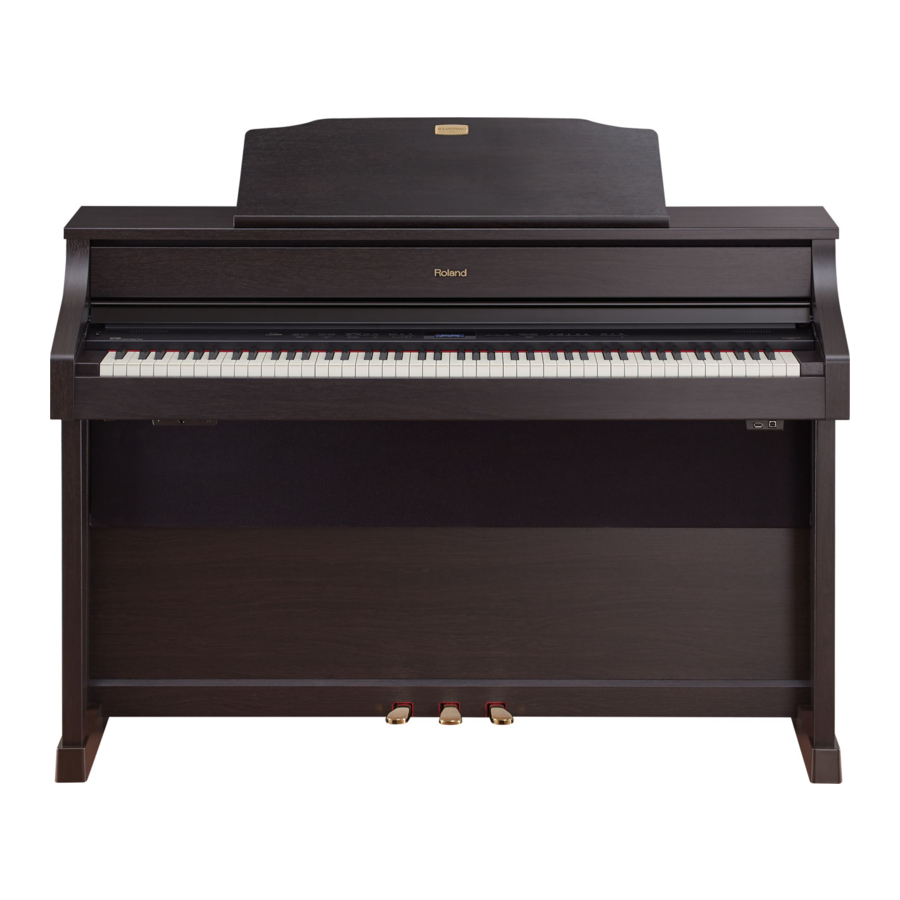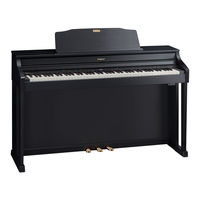
Roland HP508 Manuals
Manuals and User Guides for Roland HP508. We have 3 Roland HP508 manuals available for free PDF download: Owner's Manual, System Update
Roland HP508 Owner's Manual (122 pages)
Brand: Roland
|
Category: Musical Instrument
|
Size: 35 MB
Table of Contents
Advertisement
Roland HP508 Owner's Manual (68 pages)
Roland Digital Piano
Brand: Roland
|
Category: Musical Instrument
|
Size: 34 MB
Table of Contents
Roland HP508 System Update (2 pages)
Brand: Roland
|
Category: Musical Instrument
|
Size: 0 MB
Table of Contents
Advertisement


